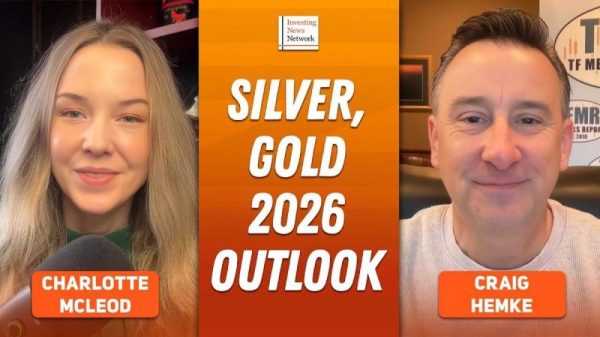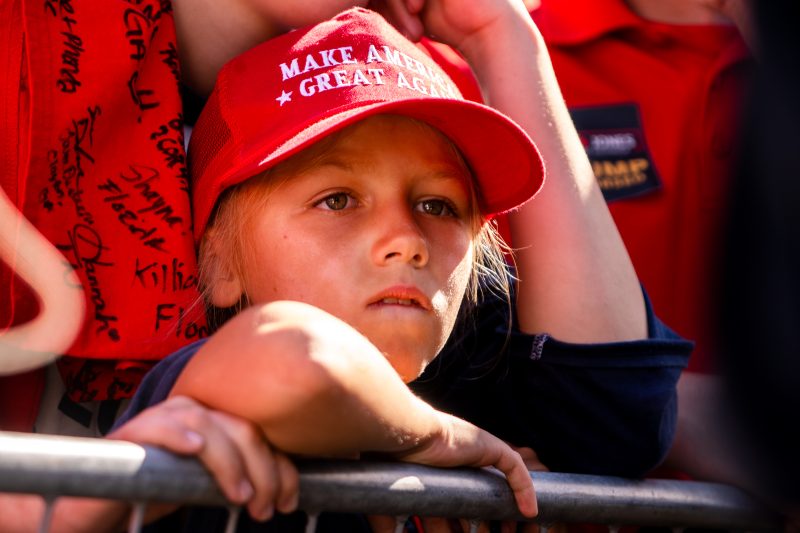It’s tricky to compare the scale of generational differences. Generations last a long time; social science is relatively young. What’s more, comparing things demands a shared scale. What scale or what measures are appropriate to use?
That bit of hedging completed, it’s safe to say that tensions between younger and older Americans are acute. Older Americans often (but not always) view younger Americans with some skepticism; younger Americans return the sentiment.
You can see that reflected in a question posed by PRRI in its detailed consideration of how American opinions differ by generation — including by drilling down on the views of the country’s youngest adults, members of Gen Z.
At its most explicit, the divide looks like the data on the chart below. Asked whether they agreed with the idea that the country’s biggest problems could only be solved once older Americans (baby boomers in particular) had given up power, more than half of millennials and Gen Z said that was the case.
Asked if America would be worse off once younger generations took power, older generations were only slightly more likely to agree. (The dividing lines between generations are largely arbitrary but most people use the divides established by Pew Research Center. On the charts below, the generations are depicted from older to younger.)
Again, this is the top-line measure of generational tension. More important are the myriad ways in which the oldest and youngest Americans differ on a range of qualities. (This is a subject I explored at length in a book released last January.)
Consider race. The density of Black and AAPI (Asian Americans and Pacific Islanders) members of each generation are fairly steady. The percentage of White members drops as generations get younger; the percentage of Hispanic members increases. According to PRRI’s data, there is a 2-to-1 ratio between White and Hispanic teenage members of Gen Z. By contrast, the ratio among members of the (oldest) Silent Generation is 10 to 1.
This is largely a function of the loosening of immigration laws in the 1960s — after the Silent Generation was born but in time for the parents of members of Gen Z to come to the United States.
There are other understood differences, including some that were measured by PRRI. Young Americans are much more likely to identify as LGBTQ+ than older Americans, for example, and they are less likely to express a great deal of trust in major American institutions, like the police, the government or the news media.
This is true for another institution, too: political parties. Younger Americans are more likely to identify themselves as political independents and/or to not join political parties. In PRRI’s data, though, we can see another divide: even within Gen Z itself, younger (that is, teenage) members are more likely to identify as independents than older members of the generation.
Consider the position of the gray circles in the Gen Z section of this graph.
There are other important divides above. Non-White teens, for example, are much less likely to say they are Republicans than are adults in Gen Z. But White teens are much more likely to identify as Republicans.
When asked to identify their ideology, teenagers were most likely to call themselves “moderates.” That includes non-White teens. White teens were about as likely to call themselves conservative as they were to say they were moderates.
These are young people, obviously, not yet old enough to vote and — one might assume — less likely to spend time considering political choices at length.
But that’s not the only explanation for the difference between this group and older members of the generation. Consider the first question discussed above. Among teenage members of Gen Z, 45 percent of Republican respondents said that America would be worse once younger people held power — more than the older generations needed to get out of the way. Among Republican adults in Gen Z, more than half said that the country would be worse when younger people took over.
Overall, the PRRI data suggest that younger Americans are more moderate than older generations. Among Gen Z teens, “conservative” is a more common identifier than “liberal” while, among White teens, “Republican” is far more common than “Democrat.”
There are a variety of ways this might be interpreted, including that 17-year-old Americans have spent half their lives in a country where right-wing politics is defined by Donald Trump. It could (relatedly) be an example of racial insecurity from older White Americans trickling down to younger White ones. Or it could be an aberration.
Time will tell.





























